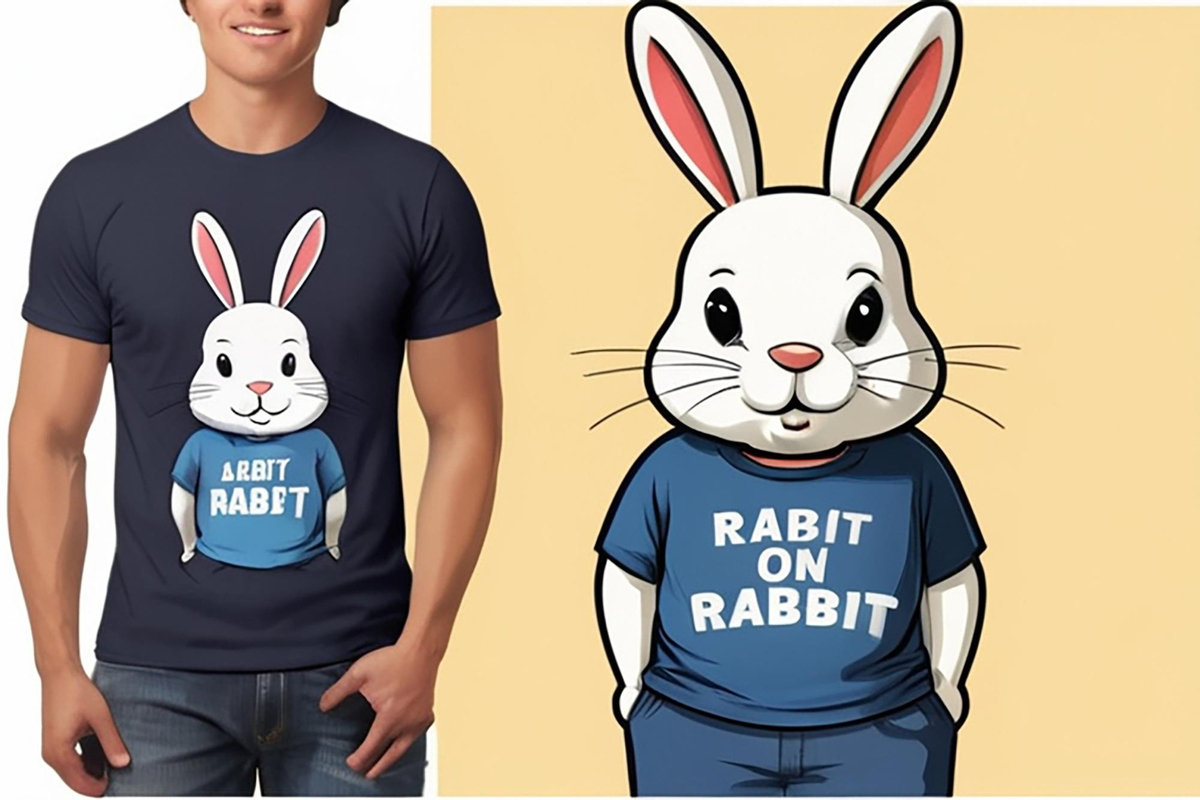DTF transfers, or Direct-to-Film transfers, have taken the custom printing world by storm, revolutionizing how designs are applied to textiles. This innovative technique enables graphic designers and apparel decorators to produce vibrant, high-quality prints that adhere beautifully to various fabric types. Whether you’re just starting with DTF printing or seeking to improve your existing methods, understanding the nuances of this approach is crucial for achieving success with DTF transfers. In this guide, we will dive into essential DTF printing tips, explore how to use DTF transfers effectively, and introduce you to concepts like gang sheets DTF for maximizing efficiency. Prepare to transform your printing projects with the powerful potential of DTF technology.
Direct-to-Film (DTF) technology represents a cutting-edge advancement in the realm of fabric printing, allowing for seamless application of intricate designs onto numerous materials. Known for its efficiency and brilliance, this method has become increasingly popular among both hobbyists and professionals alike. As you explore the ins and outs of this printing technique, you will learn about optimizing your workflow and utilizing resources such as gang sheets to maximize your output. This blog will guide you through the essential strategies to achieve optimal results, whether you’re discovering how to use DTF transfers or seeking expert advice on printing best practices. Join us as we embark on a journey to elevate your printing skills and explore the vibrant possibilities that DTF offers.
Understanding the Basics of DTF Printing
Direct-to-Film (DTF) printing is a relatively new technology in the custom printing landscape that allows for bright, detailed prints directly transferred onto fabric. Unlike traditional screen printing, where ink is layered onto the surface, DTF printing utilizes a unique process where designs are first printed onto a special film before being heat-pressed onto the garment. This method is suitable for a variety of materials, including cotton, polyester, and blends, making it incredibly versatile for apparel customization.
The allure of DTF printing lies in its ability to produce intricate details and vibrant colors that are durable and long-lasting. This process stands out particularly because it reduces fabric damage and provides better color retention compared to many other printing methods. As printers and designers continue to explore its potential, DTF technology is making waves across different sectors, from small businesses to large-scale garment production.
Frequently Asked Questions
What are DTF transfers and how do they work?
DTF transfers, or Direct-to-Film transfers, are a printing method where designs are printed onto a special film instead of fabrics. After printing, the film is transferred onto the target material using heat and pressure. This technique allows for vibrant ink colors and high-quality designs on various fabrics like cotton and polyester, making DTF transfers a versatile choice for custom apparel.
What are some essential tips for successful DTF printing?
To achieve successful DTF printing, opt for high-quality materials specifically designed for DTF. Optimize printer ink settings to match your film and fabric type. Ensure correct transfer temperature (160-180°C or 320-356°F for 10-15 seconds) and verify the suitability of your fabric, preferably using blends like cotton-polyester, for optimal adhesion and color retention.
How can I effectively use gang sheets for DTF transfers?
Gang sheets in DTF transfers allow multiple designs to be printed on one film, reducing material waste and printing costs. To use them effectively, plan your designs carefully to maximize space, ensure compatible color profiles, and indicate clear cut lines for easier post-printing processing, enhancing both efficiency and creativity.
What are the benefits of using DTF transfers compared to other printing methods?
DTF transfers provide several advantages: they offer versatility across different fabric types, produce bright, vivid colors that last longer, and can be cost-effective, especially for bulk production. This method allows for intricate designs with great detail, setting it apart from traditional printing options.
Can DTF transfers be used on all types of fabrics?
While DTF transfers are highly versatile, they work best on fabrics such as 100% polyester or cotton blends. Other fabric types may not provide optimal adhesion or vibrancy, so it’s essential to test your transfer settings with different materials to ensure the best results.
What future developments can we expect in DTF printing technology?
The DTF printing technology is evolving quickly, with anticipated improvements in ink formulations and printing processes leading to better print quality and durability. Additionally, increased availability of educational resources like webinars and community forums will help users stay updated on best practices and innovative techniques in DTF printing.
| Aspect | Details |
|---|---|
| What is DTF Printing? | A method where designs are printed on special film and transferred to fabric using heat and pressure. |
| Benefits of DTF Printing | Versatile, high quality, and cost-effective for bulk production. |
| Gang Sheets | Combines multiple designs for efficient printing, minimizing waste and costs. |
| Tips for DTF Success | Choose quality materials, optimize ink settings, and ensure proper transfer temperature and fabric type. |
| Future Developments | Expected advances in ink formulations, printing processes, and increased learning resources. |
Summary
DTF Transfers are revolutionizing the custom apparel market by providing a pathway to create stunning, vibrant designs with incredible detail. Utilizing this technology allows for a multitude of applications across various fabric types, making it a versatile choice for printing. By incorporating effective techniques like gang sheets, investing in quality materials, and staying updated on best practices and industry trends, you can significantly enhance your DTF printing experience. As the technology evolves, those committed to learning and mastering these techniques will find themselves at a competitive advantage in this dynamic field.



